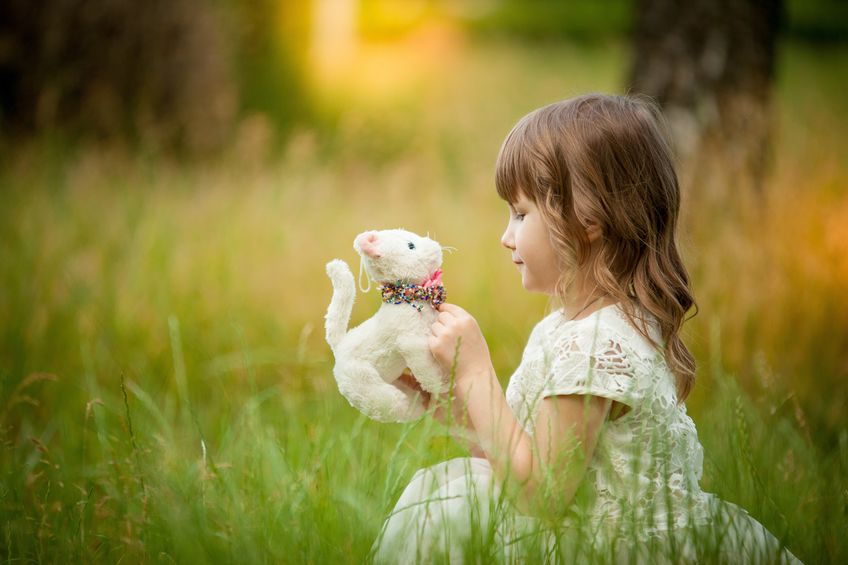
Instilling a sense of responsibility in children is a crucial aspect of parenting that helps prepare them for the complexities of life. One innovative and gentle way to teach this important skill is through the care of a stuffed animal pet. Here’s how parents can use plush toys from The Zoo Factory to foster responsibility and empathy in their young ones.
Choosing the Right Stuffed Animal
Begin by allowing your child to choose a stuffed animal from The Zoo Factory. This choice gives them a sense of ownership and makes the learning process personal and engaging. Whether it’s a bear, a dog, or an exotic animal, having a “pet” that they love and picked out themselves can make the responsibility feel more significant.
Creating a Care Schedule
Just like real pets, stuffed animals need care and attention. Help your child create a care schedule that includes feeding, bathing, and bedtime. Use play dishes for food, create a cozy bed for sleeping, and perhaps even a small box for a bath. This routine not only teaches about the regularity of responsibilities but also about caring for another being.
Teaching Grooming and Cleanliness
Teach your child how to groom their stuffed animal. Show them how to brush the fur and keep the toy clean and tidy. This can be a fun activity that translates well to understanding personal hygiene and the importance of cleanliness.
Role-Playing Different Scenarios
Use role-playing games to teach your child how to react in various caregiving scenarios. For example, what to do if their stuffed animal is “sick” or needs “comfort” when scared. This can help develop empathy and the ability to respond to the needs of others.
Rewarding Responsible Behavior
Positive reinforcement can greatly enhance the learning experience. Praise your child for taking good care of their stuffed pet or even provide small rewards such as extra playtime. This reinforces the value of responsibility and the positive outcomes that come from diligent care.
Stuffed animals offer a unique and effective way to teach children about responsibility. They provide a safe, control-free environment where kids can learn the basics of care and empathy, building skills that will be invaluable throughout their lives. Visit The Zoo Factory to choose from a wide variety of stuffed animals that can become your child’s first pet. Let’s help our children learn, grow, and become responsible, one plush friend at a time.
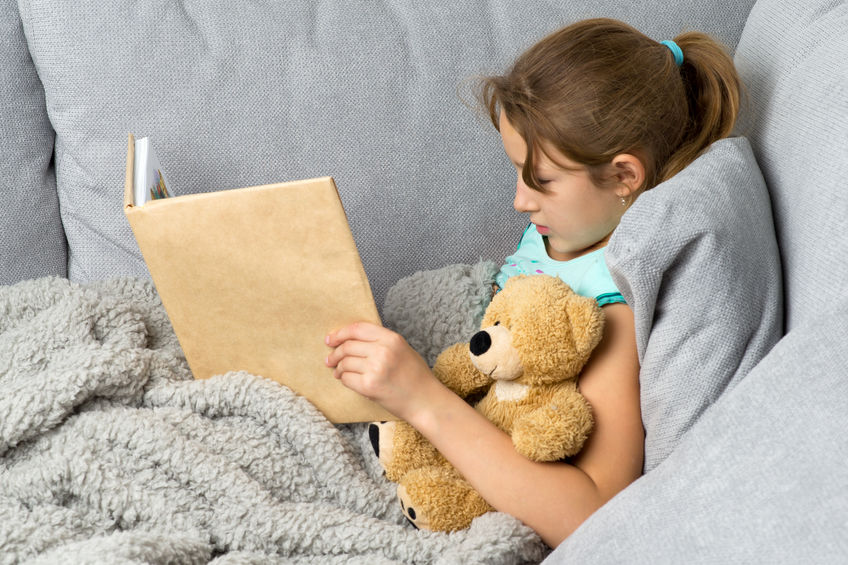
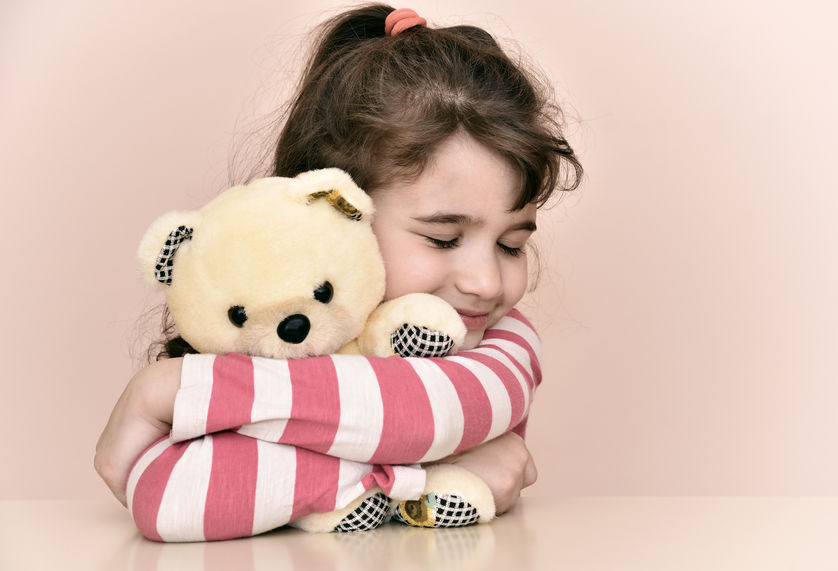

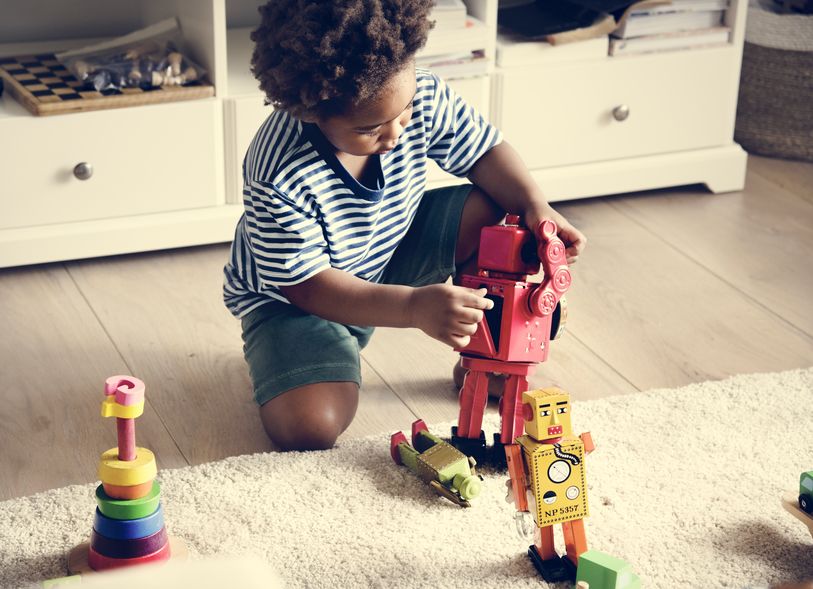


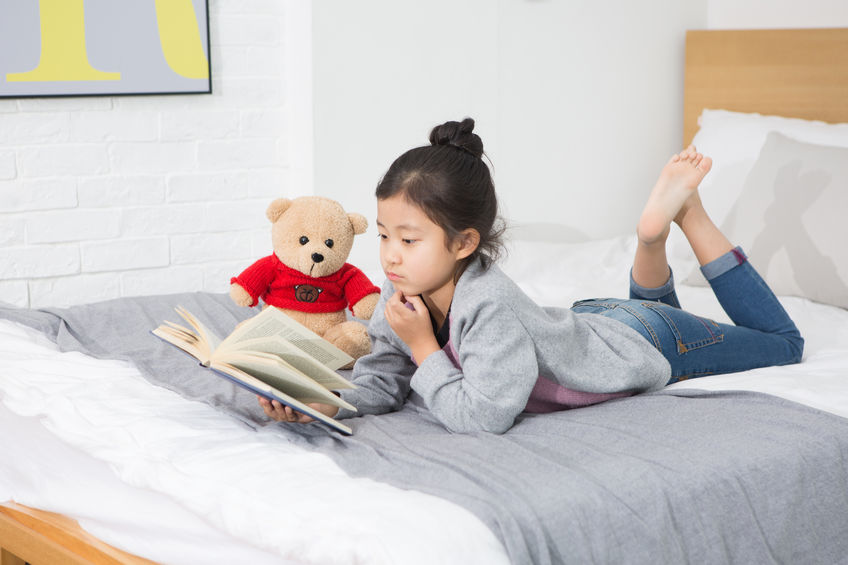
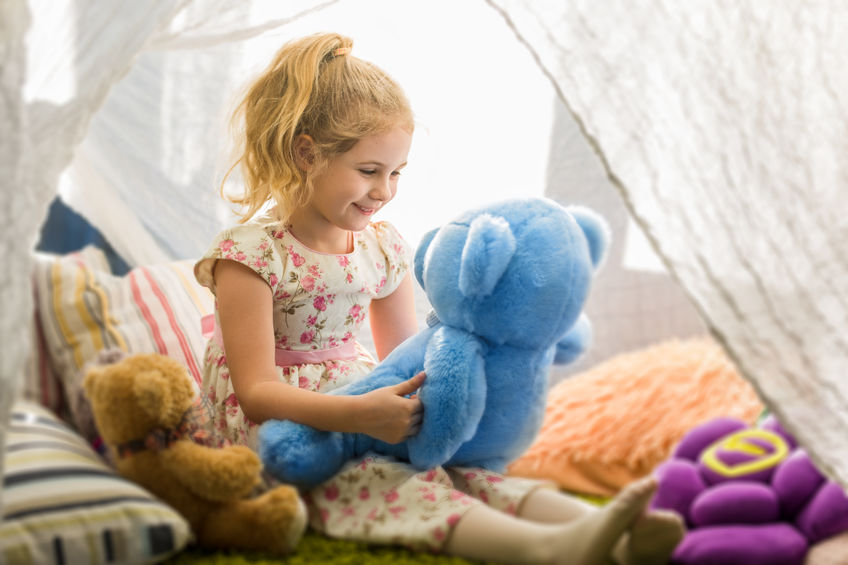

Recent Comments